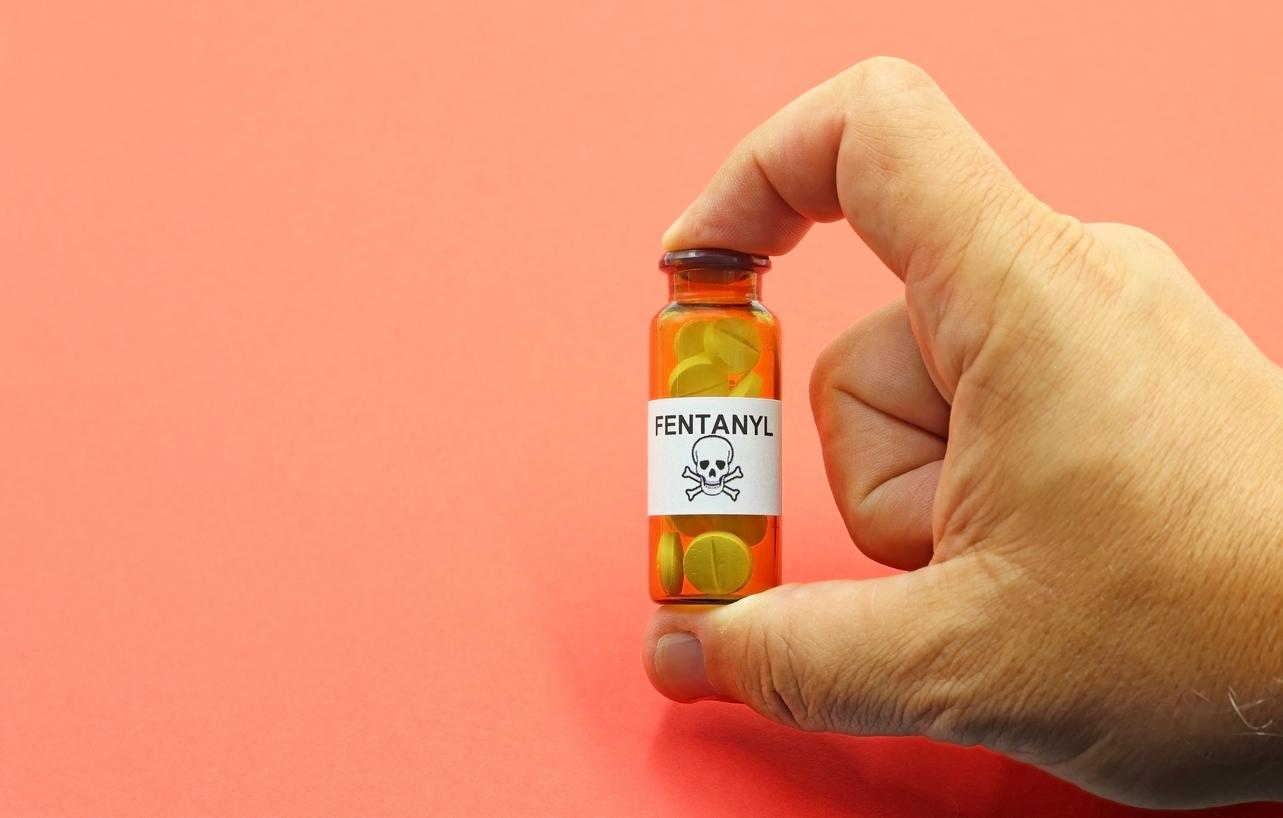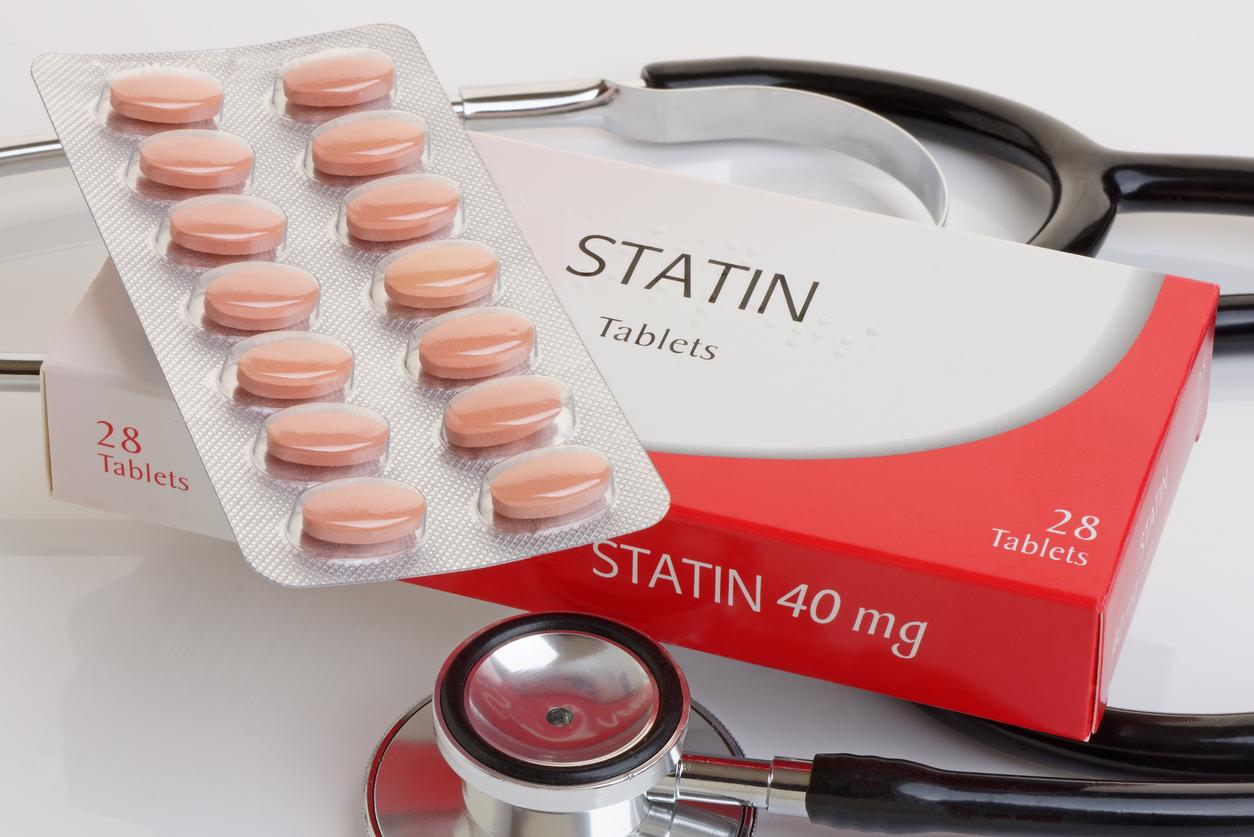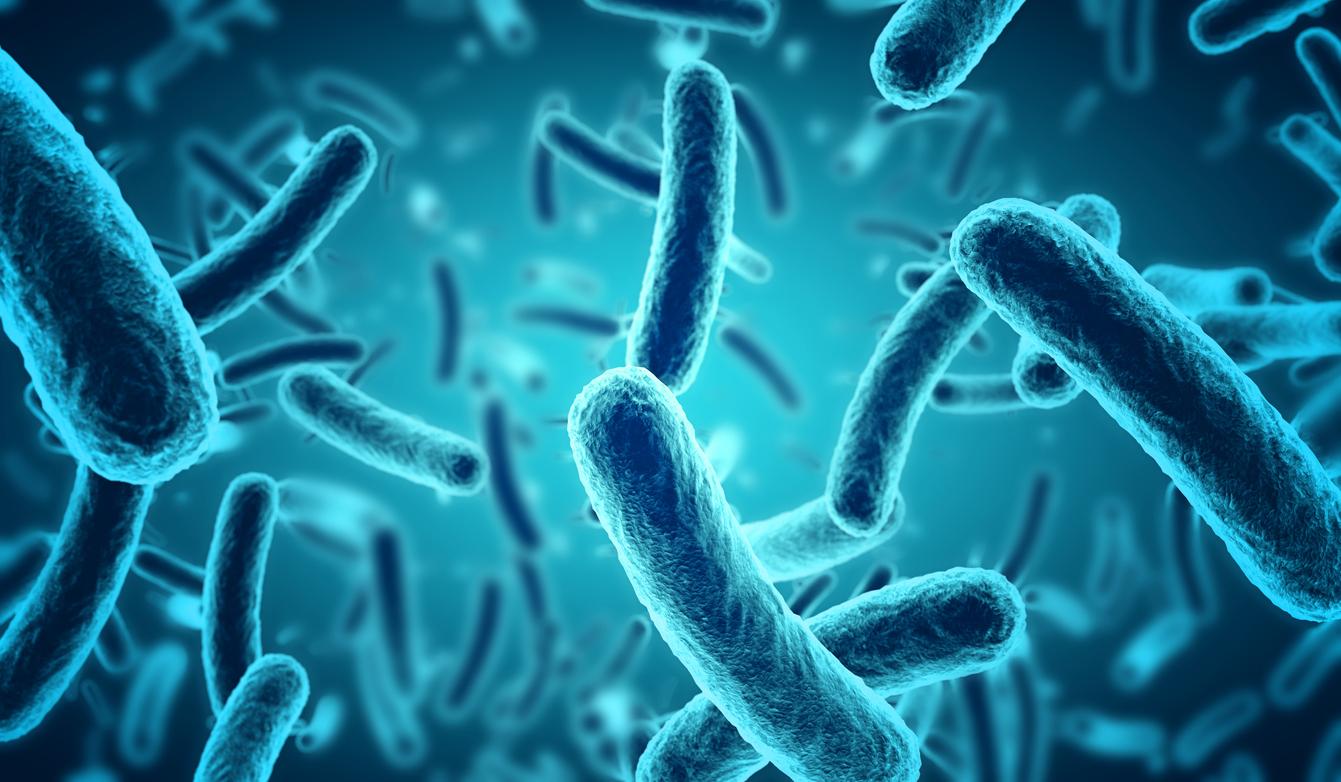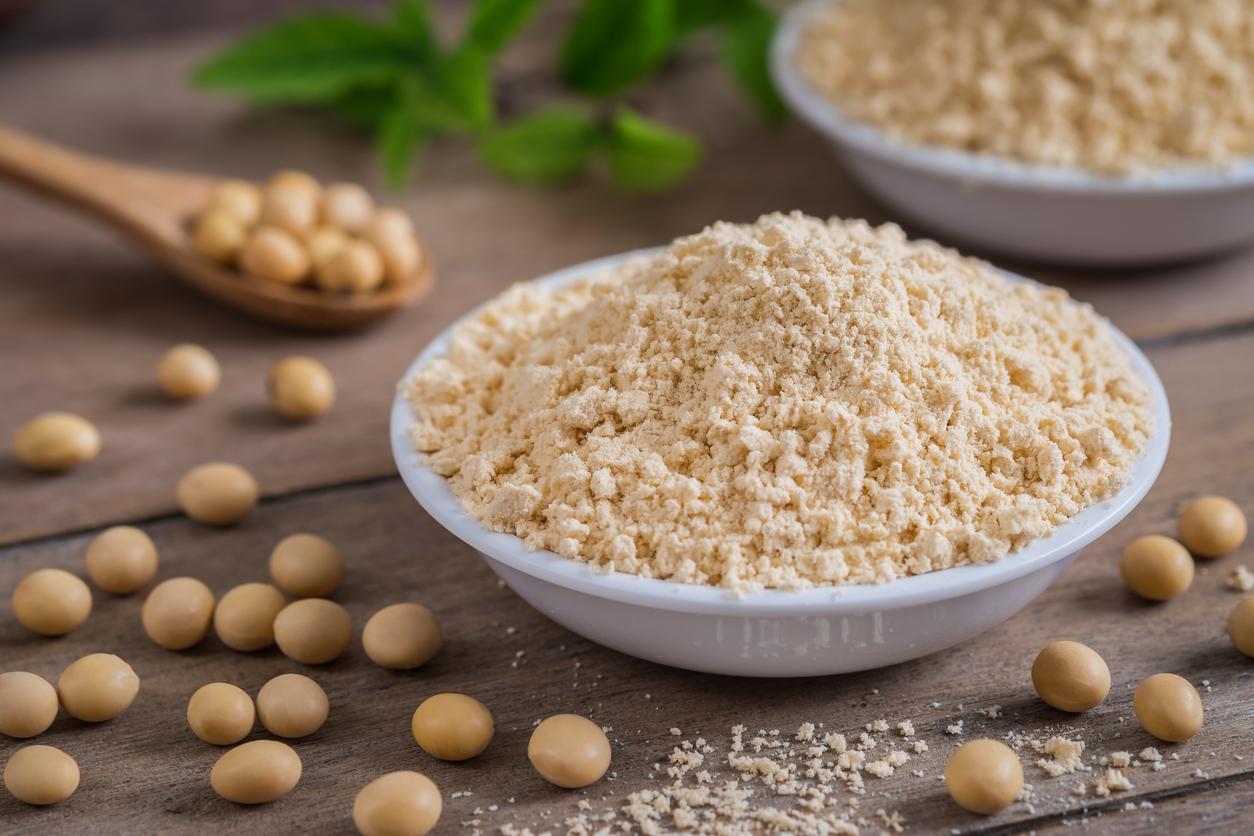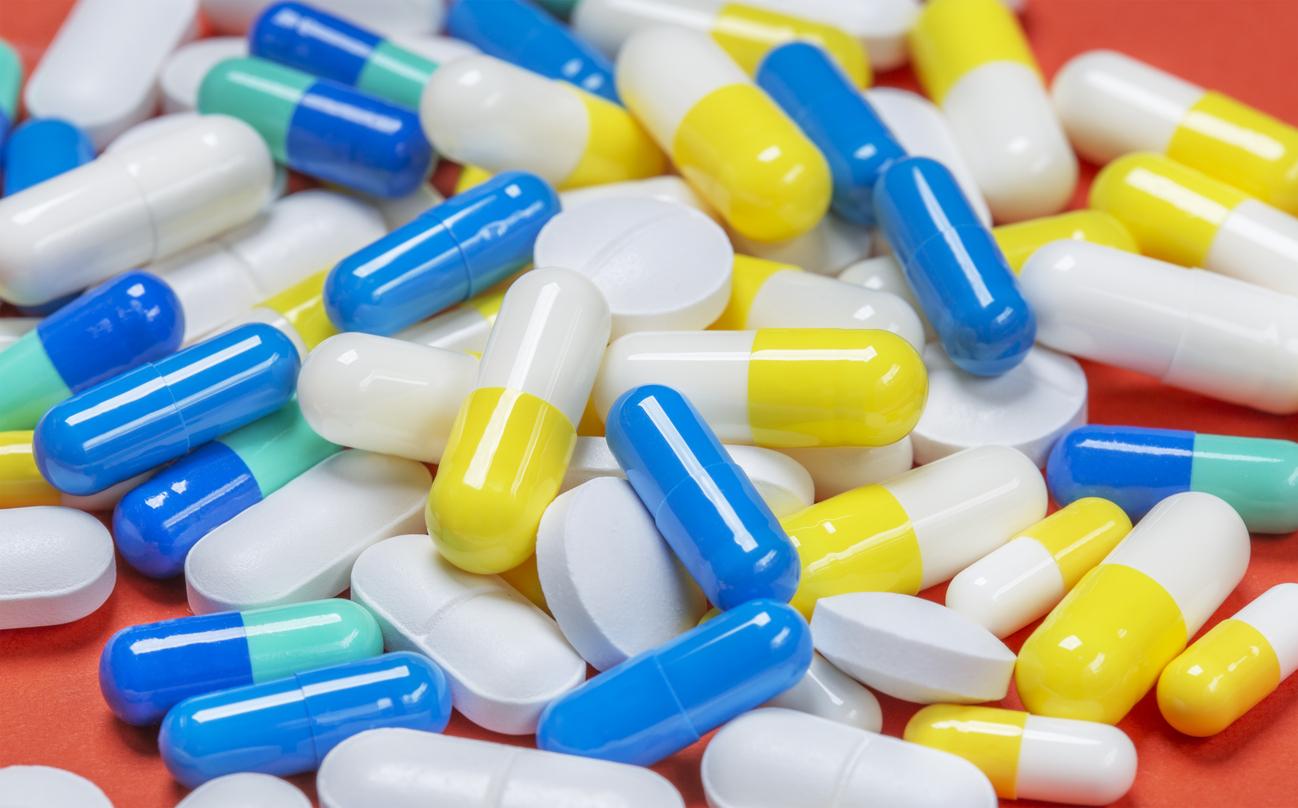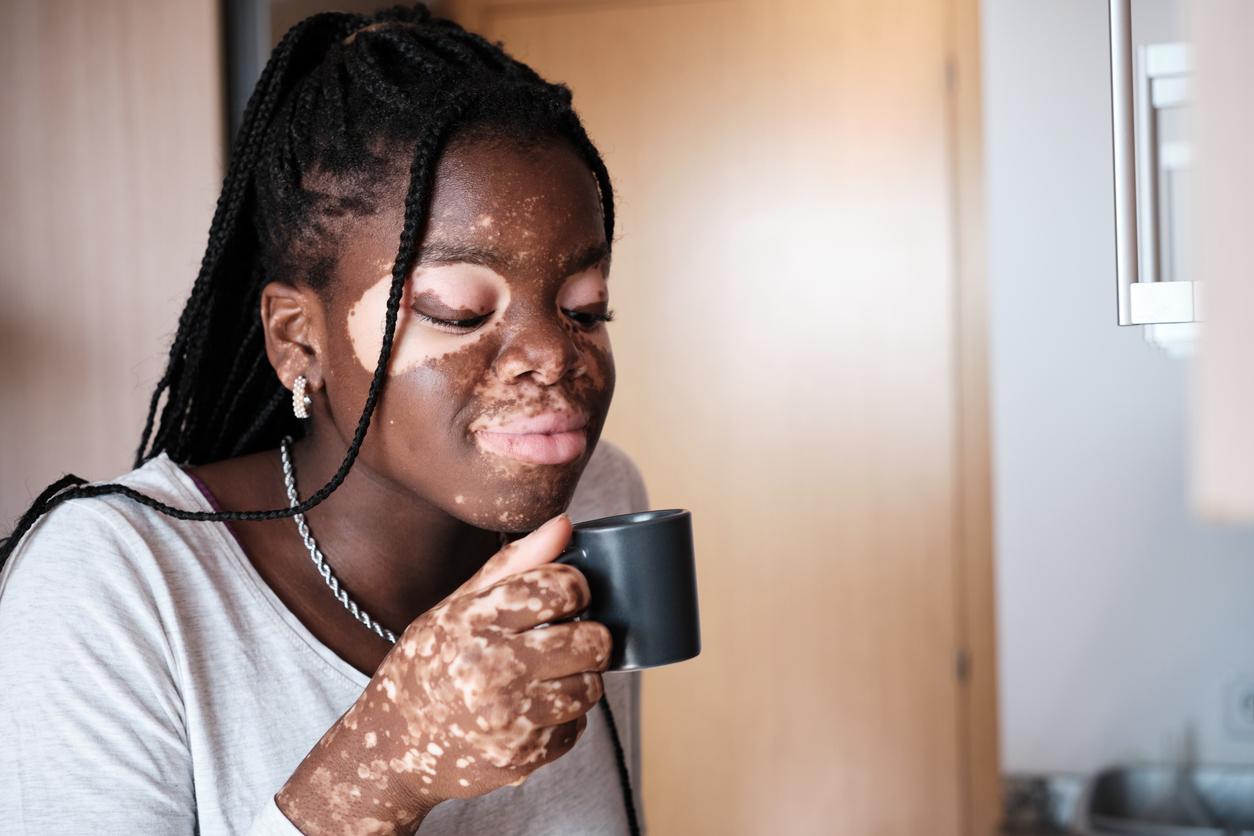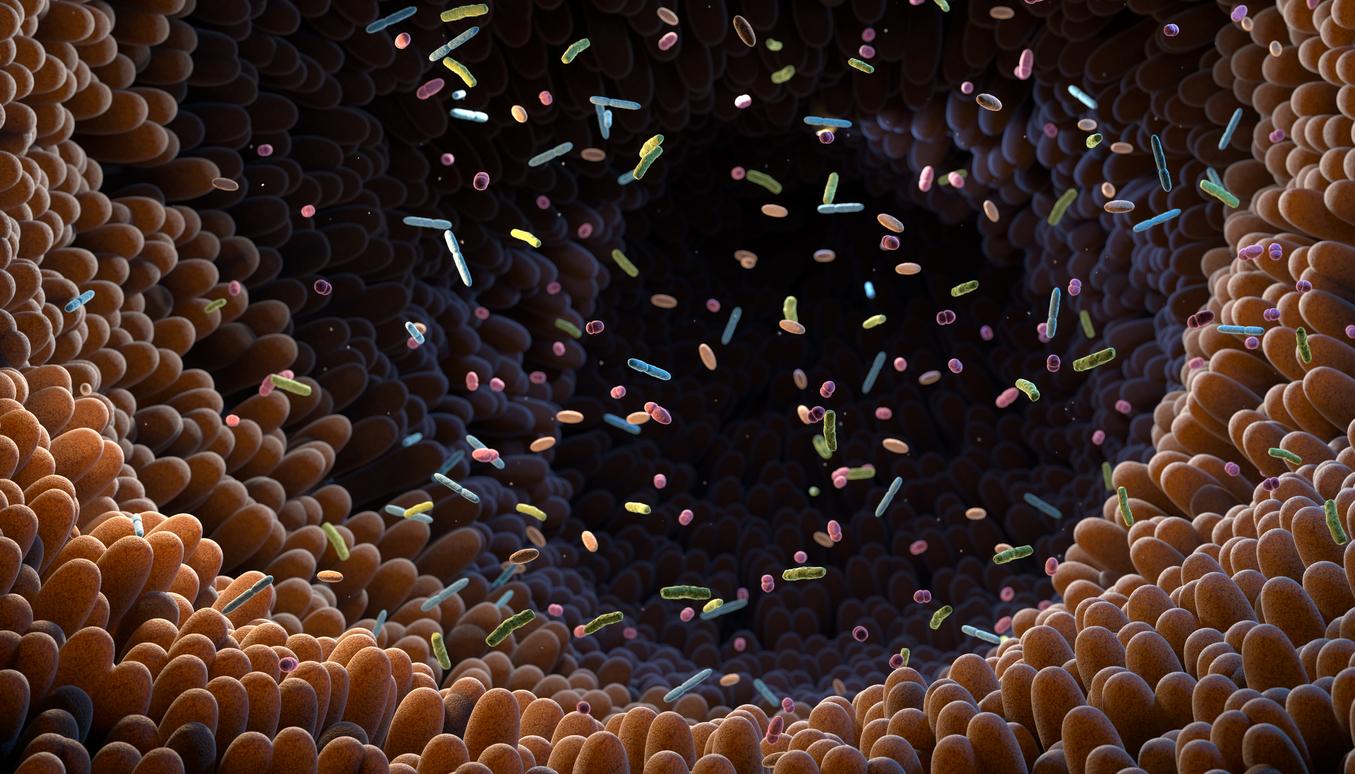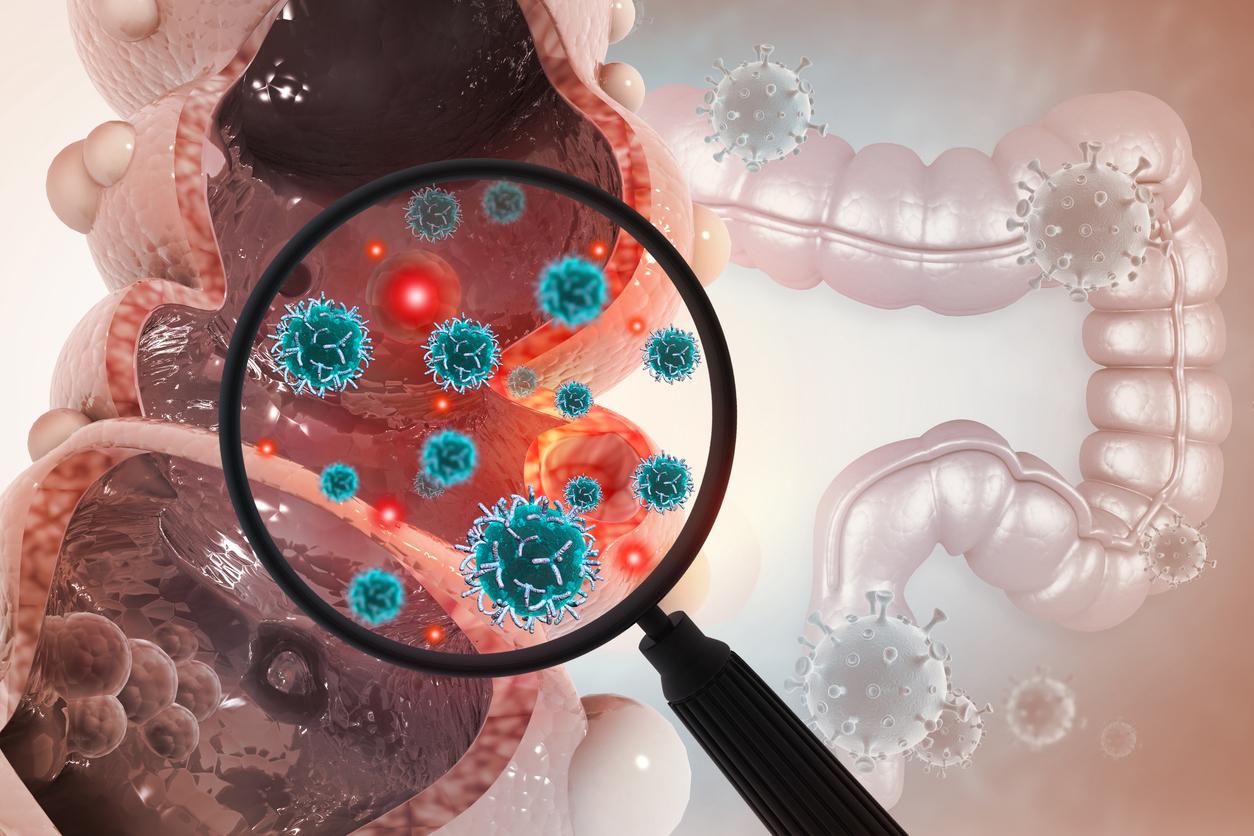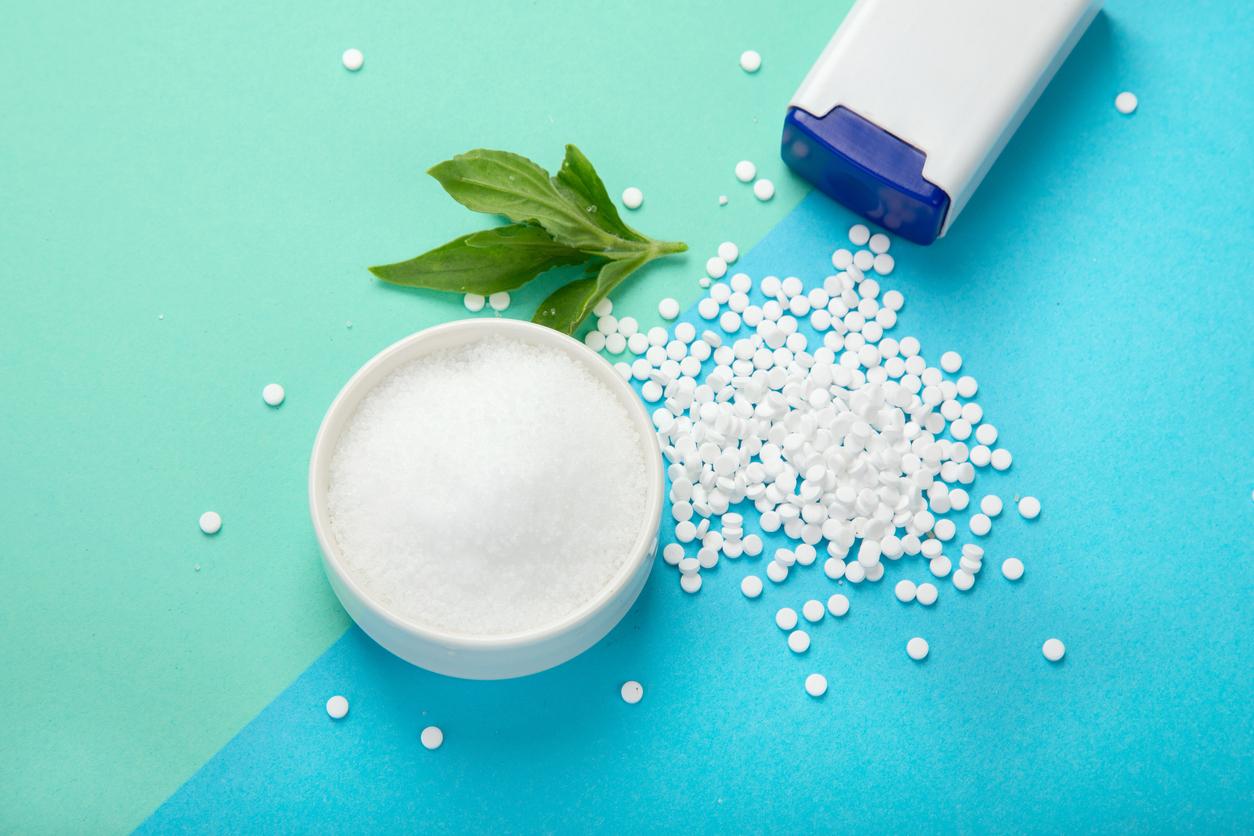In mice, the administration of a natural compound derived from intestinal bacteria considerably slows the progression of vitiligo, in particular depigmentation.

- After administering an exopolysaccharide derived from the bacteria Bacillus Subtilis, each week, to mice subject to vitiligo, the depigmentation on their back was reduced by 74 %.
- The microbial product has decreased tiering lymphocytes that attack the skin pigment and has increased protective regulatory T lymphocytes, which are generally rare in patients.
- From now on, researchers want to adapt the product to human use. They look at weekly injections, a food additive or an ointment.
Affecting approximately 0.5 % to 1 % of the general population, vitiligo is characterized by the appearance of white spots on the skin. According to Insermthis progressive depigmentation is explained by the disappearance of melanocytes, the cells of the epidermis which synthesize the main pigments that colors the skin, namely melanins. This disease is said to be “autoimmune”, which means that it is linked to an exaggerated response of the immune system (body defense system) against melanocytes. “Like any autoimmune disease, it often evolves chronically and by push”, precise Le CHU de Bordeaux.
Vitiligo: an exopolysaccharide derived from Bacillus subtilis reduces depigmentation by 74 %
Although this condition is benign, vitiligo has important psychological consequences, which can strongly alter the quality of life of people who suffer from it. In a new study, scientists at Northwestern University (United States) have revealed that they have found a way to stop skin depigmentation in patients. For this, they tested exopolysaccharides (EPS) isolated from the bacteria Bacillus subtilis as therapy based on the intestinal microbiota. The team administered one of these microbial products each week to mice subject to Vitiligo over an 18 weeks. “The depigmentation has been evaluated over time, by measuring the immune responses to the final point.”
The loss of pigmentation on the back of the mice was reduced by 74 %. “The abundance of skin T lymphocytes, in particular CD8+cytotoxic T lymphocytes, which attack pigments has been reduced, while regulatory T lymphocytes, generally rare in patients, were more abundant in the shoes of treated mice than in those untreated “, Can we read in the results published in the journal Journal of Investigative Dermatology. According to the authors, this exopolysaccharide derived from Bacillus subtilis could function as an autonomous therapy or in synergy with existing treatments.

Injection, additive, ointment: towards a microbial product treatment for patients with vitiligo
“Our data on the effectiveness of microbial therapy could give hope to patients who often feel helpless when they see their illness progress, without knowing what they will look like next month. For many, stabilize the disease would change their life”, said Caroline Le Poole, who participated in research. Researchers now want to adapt the microbial product to human use. “Weekly injections could work, but we must explore simpler options, such as a food additive or ointment. We must also understand how long the effects and the best time for treatment.”



